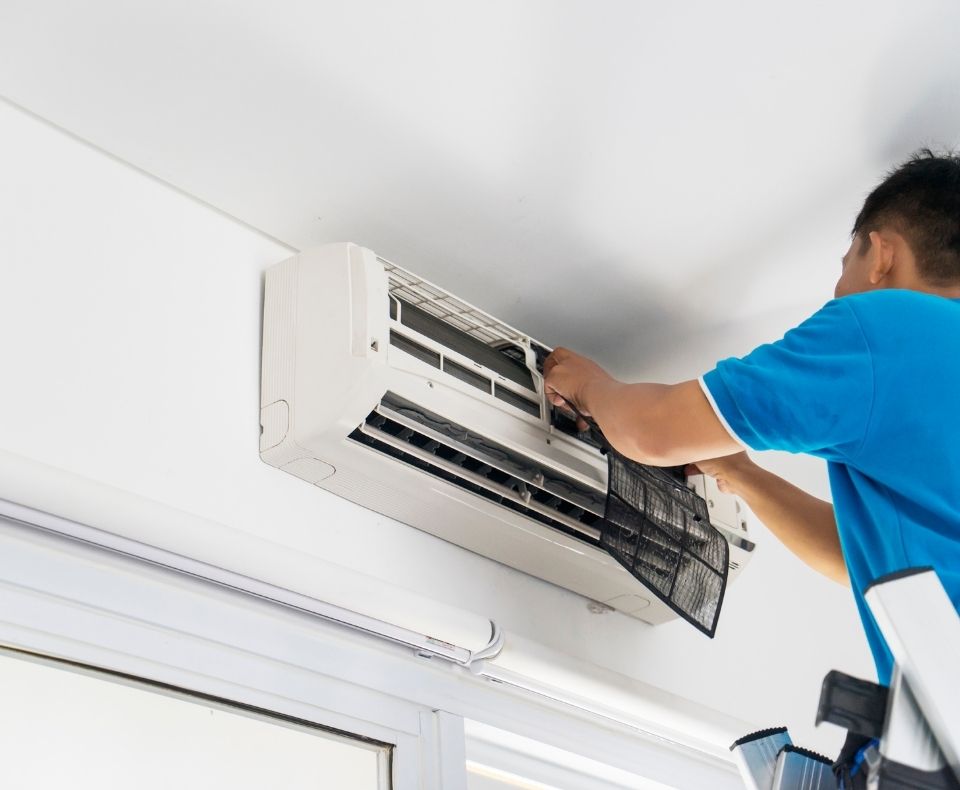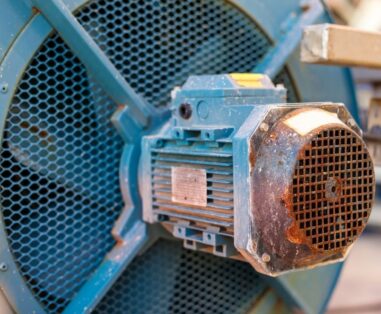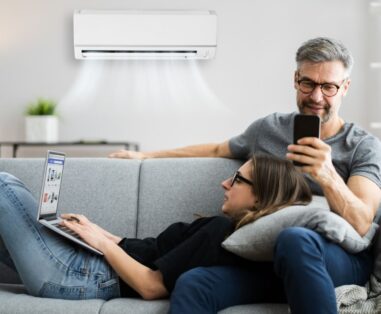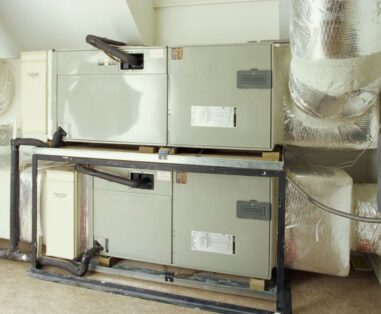Introduction
Regular air conditioner maintenance is essential for maximizing efficiency, extending the life of the unit, and ensuring reliable performance during peak cooling seasons. Many homeowners underestimate the importance of routine service, leading to higher energy bills, reduced comfort, and costly repairs. In this guide, we’ll break down the technical reasons why regular AC servicing is critical, the recommended frequency, and the specific tasks that should be included in each service visit.
1. Why Regular Air Conditioner Maintenance is Essential
Air conditioners are complex systems that rely on multiple components working in harmony to cool your home. Without regular maintenance, even a high-efficiency unit can lose 5-15% of its cooling capacity each year. Here’s why regular servicing is critical:
- Efficiency Loss Prevention: Dust and debris can clog coils and reduce airflow, causing the system to work harder and consume more energy.
- Refrigerant Management: Low refrigerant levels can reduce cooling capacity and damage the compressor, one of the most expensive components to replace.
- Electrical Safety: Loose or corroded electrical connections can lead to shorts, fires, or complete system failure.
- Indoor Air Quality (IAQ): Dirty filters and coils can harbor mold and bacteria, reducing indoor air quality and potentially causing health issues.
- Extended Equipment Lifespan: Regular maintenance reduces strain on critical components, delaying costly replacements.
“An air conditioner that receives regular maintenance can last 15-20 years, while a neglected system might fail in under 10.” — HVAC Maintenance Best Practices Manual
2. Recommended Service Frequency
For most residential air conditioning systems, a professional service visit is recommended at least once a year, ideally in the spring before the peak cooling season begins. However, certain factors may require more frequent maintenance, including:
- High Usage: Homes in hot climates or those with long cooling seasons may benefit from a mid-season checkup.
- Allergy Concerns: If anyone in the household suffers from allergies or respiratory issues, consider more frequent filter changes and coil cleaning.
- Pet Hair and Dander: Homes with pets can see faster filter clogging and should have more frequent maintenance.
- Older Units: Systems over 10 years old may require more attention to prevent unexpected breakdowns.
3. Key Maintenance Tasks During a Service Visit
A comprehensive air conditioner tune-up should include the following steps:
- Filter Replacement: Replace or clean the air filter to improve airflow and reduce strain on the blower motor.
- Coil Cleaning: Both the evaporator and condenser coils should be cleaned to prevent overheating and loss of efficiency.
- Refrigerant Level Check: Technicians should measure the refrigerant charge and check for leaks, ensuring the system is operating at peak capacity.
- Electrical Inspection: Tighten loose connections, inspect wiring for wear, and test the capacitor for proper function.
- Thermostat Calibration: Verify that the thermostat is accurately controlling the system and adjust settings for maximum efficiency.
- Ductwork Inspection: Check for leaks, blockages, and insulation damage that can reduce system efficiency.
- Drain Line Cleaning: Clear the condensate drain line to prevent water damage and mold growth.
“A properly maintained air conditioner can operate 20-40% more efficiently than a neglected system.” — U.S. Department of Energy, HVAC Efficiency Guide
4. Advanced Maintenance for High-Efficiency Systems
Modern, high-efficiency air conditioners often come with advanced features that require specialized maintenance, including:
- Variable-Speed Compressors: These units adjust cooling output based on demand, making regular calibration critical.
- Smart Thermostats: Ensure firmware is updated and settings are optimized for efficiency.
- ECM Motors: These electronically commutated motors should be inspected for proper modulation and airflow control.
- Refrigerant Charge Verification: High-SEER2 systems are more sensitive to refrigerant levels and may require precise measurement.
5. DIY Maintenance Tips Between Professional Visits
While professional servicing is critical, homeowners can take several steps to keep their air conditioner running efficiently between visits:
- Monthly Filter Checks: Replace or clean filters every 1-3 months depending on usage.
- Clear the Condenser: Keep the outdoor unit free of debris, leaves, and grass clippings.
- Check for Airflow Issues: Ensure vents are not blocked by furniture or drapes.
- Monitor Energy Bills: A sudden increase in cooling costs can signal a hidden issue.
Final Thoughts
Routine air conditioner maintenance is a small investment that pays off in lower energy bills, fewer repairs, and extended equipment life. By following a regular service schedule and addressing small problems before they become major repairs, you can keep your home cool and comfortable all summer long.









